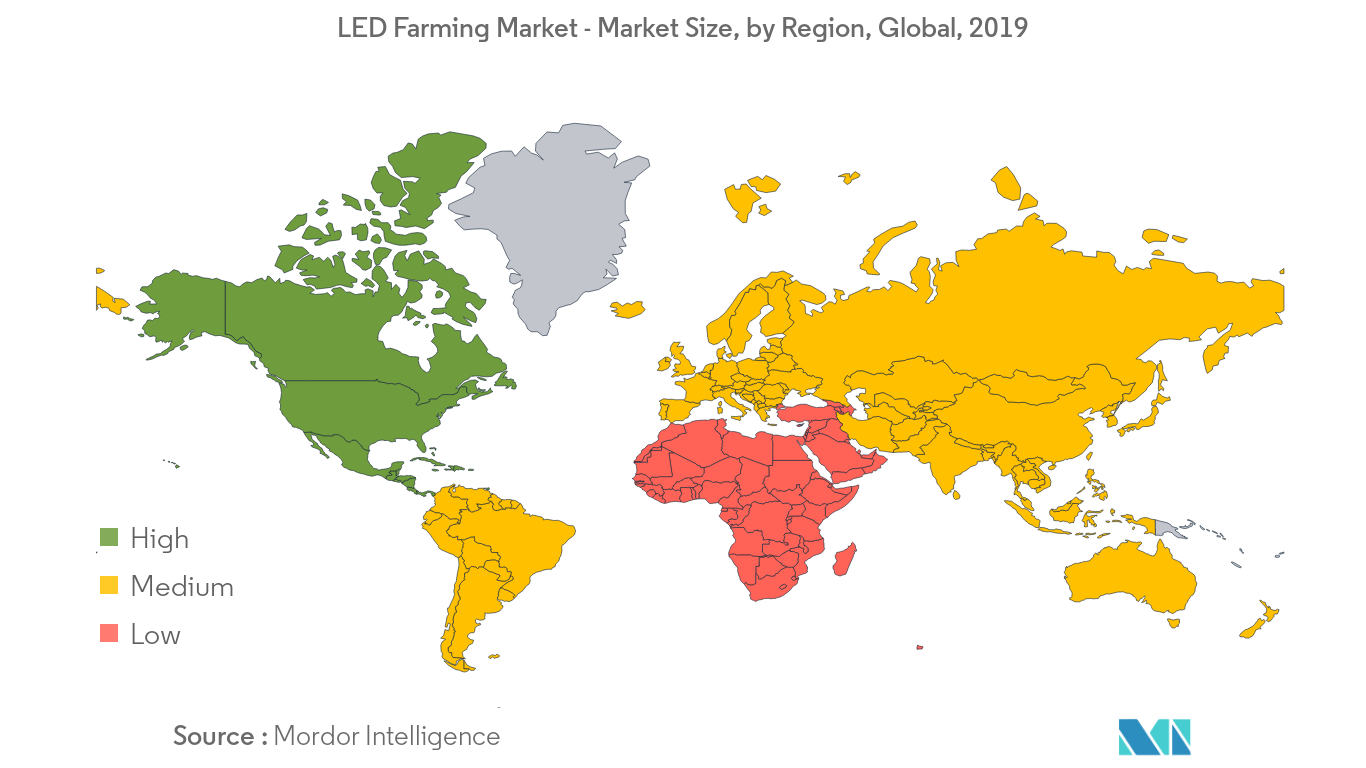Market Trends of LED Farming Industry
This section covers the major market trends shaping the LED Farming Market according to our research experts:
Vertical Farming to Lead the LED Farming Market
The onset of vertical farming has embarked on a revolutionary trend for the light-emitting diode (LED) technology. A rapid transition has been witnessed in Controlled Environment Agriculture (CEA) from only high-value crops such as cannabis to a wide-ranging variety such as microgreens and vegetables owing to the affordable and efficient LED lights thrusting the agricultural technology market. According to the US Department of Energy, the price of LEDs dropped by 90% whole their efficiency increased double-fold between the period 2010-2014. Empirical observations have revealed that LEDs are 40% to 70% more energy-efficient and suitable for vertical farms than high-pressure sodium (HPS) lights or metal halide (MH) lamps. According to the European Research Council, lighting contributed the largest share of 35.8% valued at USD 268.0 million to the total revenue of vertical farming, globally, in 2016. This signifies that LED lights have played a pivotal role in vertical farming and is further expected to witness a rapid growth in this segment during the forecast period.
North America - The Largest Market in LED Farming
North America accounted for the largest share in the global LED farming market in 2019. The United States contributed the largest portion of the total revenue generated in the region. The US has been surfaced with farmland scarcity and the subsequent need for higher productivity of crops. According to the United States Department of Agriculture (USDA) estimates, the amount of land used for agricultural purposes fell by 100,000 acres in Alabama and Georgia in 2015 while the percentage of agricultural land in the total land area fell steadily from 44.58% in 2015 to 44.36% in 2017. As of 2016, the total number of commercial-scale vertical farms in the US approached 20 and is further expected to rise with increased investment in the agricultural technology sector, thus, giving a boost to the LED farming market. The Agricultural Research Service has also undertaken a project to increase tomato production in the US and the quality of production in other protected environments using LED lights. Moreover, a "fresh-from-farm-to-table" consumption preference has encouraged several Canadian players such as Modular Farms, Goodleaf Farms, Nova Scotia’s TruLeaf, and Ecobain Gardens, to turn to urban agriculture to answer food shocks in the country from time to time.


